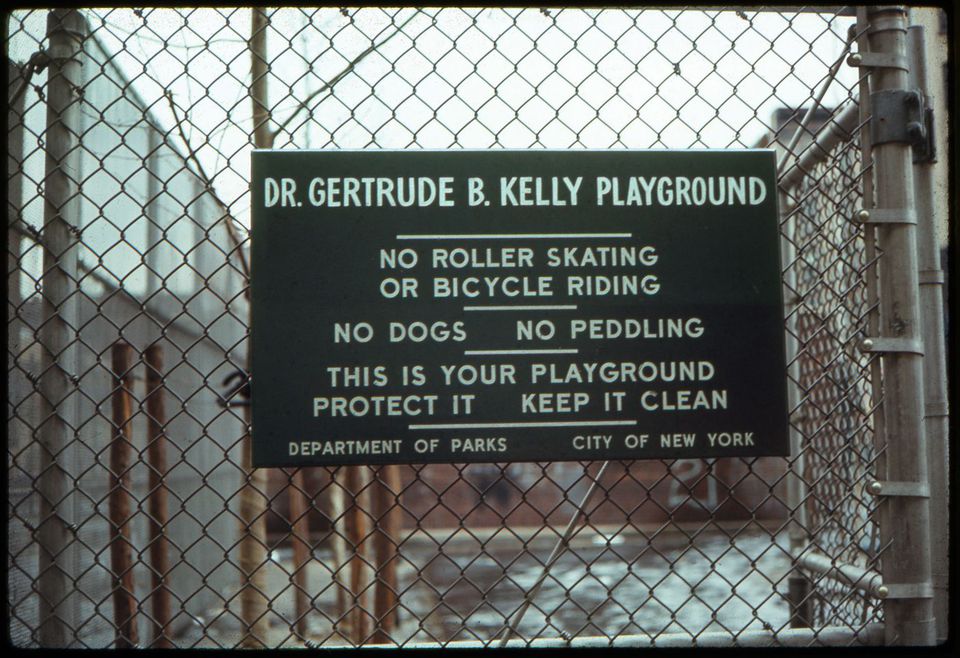The laws and policies that govern our built worlds are formulated on the promise of safety, protection, and order. Supposedly, building codes ensure stable and healthy structures, removing physical risk for occupants; zoning bylaws and planning regulations govern responsible development, mitigating everything from encroachment on private space to drivers and cyclists colliding; and risk management policies offer solutions to construction in crisis zones. Such mechanisms both cocoon individuals within so-called safe spaces and dictate how societies organize spatially and define ways of living together. While these frameworks can enhance community trust in the built environment, they may also be upheld by antiquated laws and power structures kept safe by entrenched policies and governing bodies, which perpetuate inequalities and injuries to ways of being, cultures, and ecologies. When do rules and regulations shape a sense of individual and collective well-being, and when do they cause harm? And who is “safety” defined by and for? By studying legal systems, structures, and histories that define what is and isn’t safe, we can better understand why our built environments are as they are and gauge when a framework has reached its useful lifespan and should be dismantled. In this way, we can also reflect on how safety promotes or inhibits modes of coexistence, or how practices of control and sanction limit the development of dynamic, inclusive relationships.
For our upcoming web issue Keep Safe, we seek contributions that explore the tactics and regulations that ensure or prevent safety in buildings and spaces, and for the individuals and communities that inhabit them. How do we define safety and whose safety does design prioritize? What happens when one culture’s understanding of safe space is imposed on or adopted by another? How can architecture ensure trust and provide care, and what happens when it fails to do so? What role do architects play in shaping legal frameworks for the profession and the built environment? And how do we develop anticipatory regulations and standards for building in an increasingly unpredictable and unsafe world?
Topics that articles may address include, but are not limited to:
• zoning regulations, building codes, community by-laws, and ad hoc counter-actions
• “safe spaces” designed to prioritize the mental and emotional safety of communities
• sumptuary laws and restrictions on public behaviour
• planetary and bodily safety
• anticipatory design and climate change, or risk reduction strategies in vulnerable areas
• architecture of surveillance, technology, and hidden security
• personal safety, ethics, and religious freedoms on construction sites
• philosophical/sociological interpretations of safety in the built environment
• events that change how safety is defined, and how inanimate things respond
• the role of architects in designing laws and policies for the built environment
Architecture’s entanglement with legal and political structures runs deep. We are exploring this complexity with our current Hall Cases exhibition File Under: Law and Policy, in which items from our collection serve as evidence of the contradictions and ambiguities of legal frameworks that govern the architectural discipline. In 2021, the researchers participating in our Doctoral Research Residency considered the theme Legalities for Living, which probed the legal and sociopolitical assumptions that determine design choices, with a close focus on the experiences of marginalized communities as they navigate such frameworks. And recently, as part of our “How to” series, we organized a residency titled How to Do No Harm, which considered the impact of the contemporary architectural profession, particularly reflecting on the damage that it can cause and whether there could be construction without harm.
